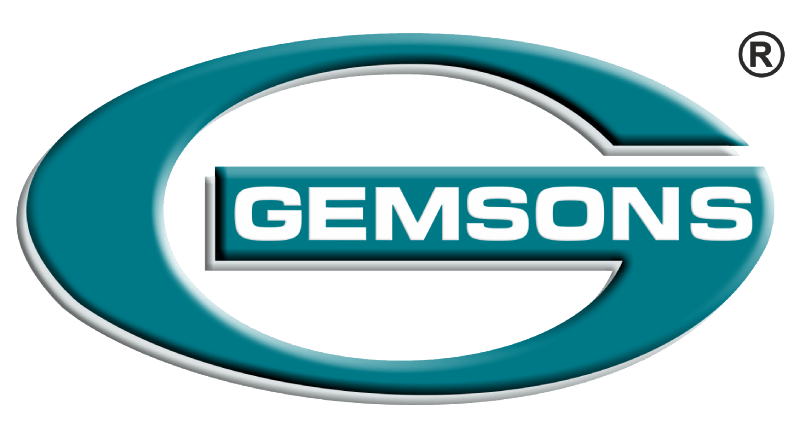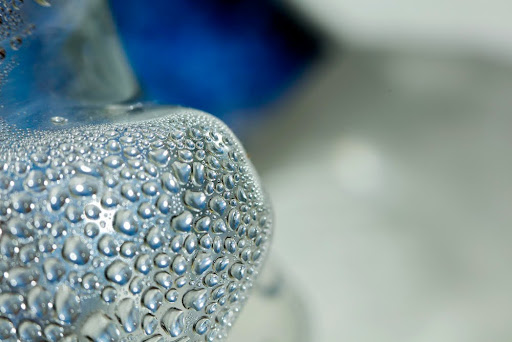Ever asked yourself why some parts produced using wire EDM machining are perfectly accurate, whereas others experience issues such as rough surfaces or greater tool wear? The answer usually lies not with the machine itself but with the material used. The selection of the material is responsible for bringing efficiency, accuracy, and quality to the finished product.
Wire Electrical Discharge Machining (EDM) is well-known for its precision in cutting complex shapes and fine details. While the process’s performance heavily relies on the material properties, as various metals react differently to the spark erosion process employed in EDM, let’s discuss the significant factors to focus on when choosing the appropriate material for wire EDM machining.
Electrical Conductivity Matters
Because EDM uses electrical discharges to remove material, conductivity is a central consideration. Highly conductive materials like copper, brass, or aluminum are machined more effectively, as they permit smoother and faster spark formation. Conversely, low-conductivity materials like stainless steel or some alloys take longer and require more energy, affecting cutting speed and surface finish.
Hardness and Strength of Material
One of the benefits of wire EDM machining is that it can machine very hard materials, which conventional cutting tools cannot machine. Materials such as tungsten carbide, tool steels, and titanium are commonly selected since they do not lose their hardness when machining. Hard materials might slow down the cutting speed, and it is necessary to balance between hardness and machining efficiency based on the requirements of the project.
Thickness of the Workpiece
Material thickness is a key factor that influences machining performance. Thicker materials tend to be slower to cut, particularly if they are hard metals with poor conductivity. Under such conditions, materials with excellent conductivity and consistent thermal properties can be used to sustain process efficiency. Thin materials or materials with consistent thicknesses are often used for precision parts in order to yield better accuracy and surface finishes.
Surface Finish Requirements
Not every project requires the same surface finish. For use in situations where fine finishes are required, like in aerospace or medical parts, materials that are sensitive to low-energy discharges are used. Tool steel, stainless steel, and titanium are popular for creating smooth finishes. Materials with a high tendency towards micro-cracking or deforming at high heat levels might not be able to provide the desired finish without repeated passes.
Heat Resistance and Thermal Properties
Because wire EDM produces heat from spark erosion, the thermal resistance and ability of the material to dissipate heat are crucial. Metals with stable thermal characteristics are less susceptible to warping or distorting. Titanium and tungsten, for instance, are suitable materials in cases where resistance to heat is important. Materials with lower melting points, on the other hand, might be susceptible to recast layers or undesirable burr generation.
Material Availability and Cost
While there is a need for technical performance, considerations of availability and cost cannot be overlooked. Materials such as tungsten carbide or titanium alloys can achieve outstanding performance, but they also involve greater expense and longer lead times. For applications that demand large-volume production, a balance of performance against cost-effectiveness tends to result in the use of materials such as stainless steel, aluminum, or brass.
Application-Specific Needs
Material choice should be dictated by the intended use of the machined part. For example:
- The aerospace industry is commonly dependent on titanium alloys for their strength-to-weight ratio and heat resistance.
- Medical devices use stainless steel and titanium for their corrosion resistance and biocompatibility.
- Tooling and die-making often depend on hardened tool steels or carbide due to durability.
Knowledge of the end-use facilitates the selection of a material that not only machines well but also fulfills industry-specific requirements.
Balancing Precision with Productivity
Selecting the optimal material involves finding a balance. An extremely conductive but also soft metal will machine quickly but degrade more quickly under stress, whereas a super-hard alloy will provide hardness but compromise on machining speed. The aim should be to balance the material’s properties with the required tolerance, finish, and production rate.
Final Thoughts
The key to successful wire EDM machining is not necessarily sophisticated equipment, but rather wise decision-making in the area of material selection. Electrical conductivity, hardness, surface finish requirements, thermal stability, and application requirements are all considerations that need to be weighed in order to realize the best results.
With years of experience in precision machining, Gemsons Precision Engineering Pvt. Ltd. maintains the ideal balance between material selection and the latest machining methods to provide components that exceed the most stringent industry standards.



Recent Comments